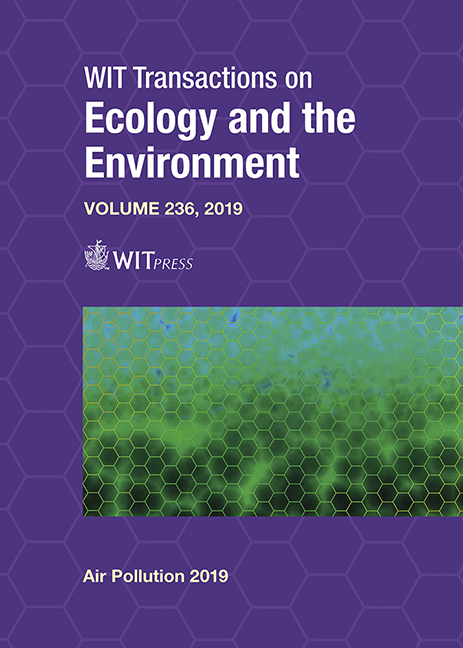INDOOR RADON SURVEY IN UNIVERSITY BUILDINGS: A CASE STUDY OF SAPIENZA – UNIVERSITY OF ROME
Price
Free (open access)
Transaction
Volume
236
Pages
8
Page Range
317 - 324
Published
2019
Size
265 kb
Paper DOI
10.2495/AIR190311
Copyright
WIT Press
Author(s)
CHRISTIAN DI CARLO, ROMOLO REMETTI, FEDERICA LEONARDI, ROSABIANCA TREVISI, LUIGI LEPORE, ROSARIA IPPOLITO
Abstract
The indoor radon concentration in underground workplaces pertaining to Sapienza – University of Rome have been monitored since the 1990s according to the prescription of the Italian Legislative Decree 230/95. In the last few years, the recommendations contained in the Council Directive 2013/59/Euratom have shifted the focus to all indoor exposure situations by promoting actions to identify workplaces and dwellings with radon concentrations exceeding the reference level of 300 Bq/m3. In response to the upcoming transposition into national legislation, Sapienza has promoted the first Italian survey addressing workplaces in university buildings, regardless of the position with respect to the ground floor. The survey has interested more than 300 workplaces, i.e. administration and professors’ offices, research and educational laboratories, conference rooms and classrooms, distributed in 15 different buildings. Places monitored are strongly heterogeneous in terms of users’ habit, occupancy pattern and building characteristics. The influence of these parameters into seasonal variation have been addressed by organizing the survey into four quarters. The indoor radon concentration is measured by solid state nuclear track detectors, CR39. The aim of the paper is to present features, methods and intermediate results of the survey. The work, relying on the analysis of previous measurements interesting underground workplaces, focuses on methodology followed during all the preliminary and preparatory phases: active measurements by ionization chamber radon continuous monitor, radon progeny equilibrium factor estimations by radon daughters monitor, strategies for occupants’ awareness, positioning protocol and provisions to maximize representativity of results.
Keywords
indoor radon, survey, university, radon in school, radon in workplace





